Whether you are looking to cut down on feed expenses, give your chickens more of what they need, or looking into sustainable practices for prepping, making your own chicken feed can be a smart practice to possess.
In this ultimate guide to making your own chicken feed, you will learn everything you need to know about your chickens' nutritional requirements and how you can meet them without purchasing commercial feed or supplements.
So, let's get started!
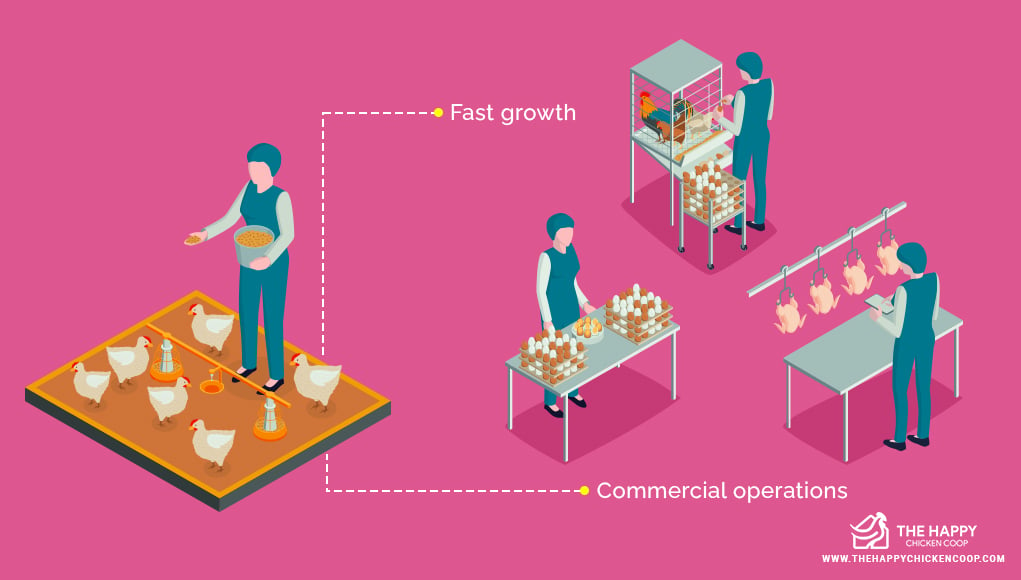
Understanding Chickens' Nutritional Needs
It's important to acknowledge the elephant in the room before we dig into the nutritional needs of our feather friends:
Chickens aren't what they used to be. We've been feeding our chickens commercial feed optimized for performance for a long time. Chickens have been bred for fast growth and commercial operations.
What I'm getting at is chickens aren't as easy to feed as they used to be…and generally, it's all our fault.
Luckily, some breeds are hardier than others, and these are the chickens you should consider if you want a more sustainable, eco-friendly flock.
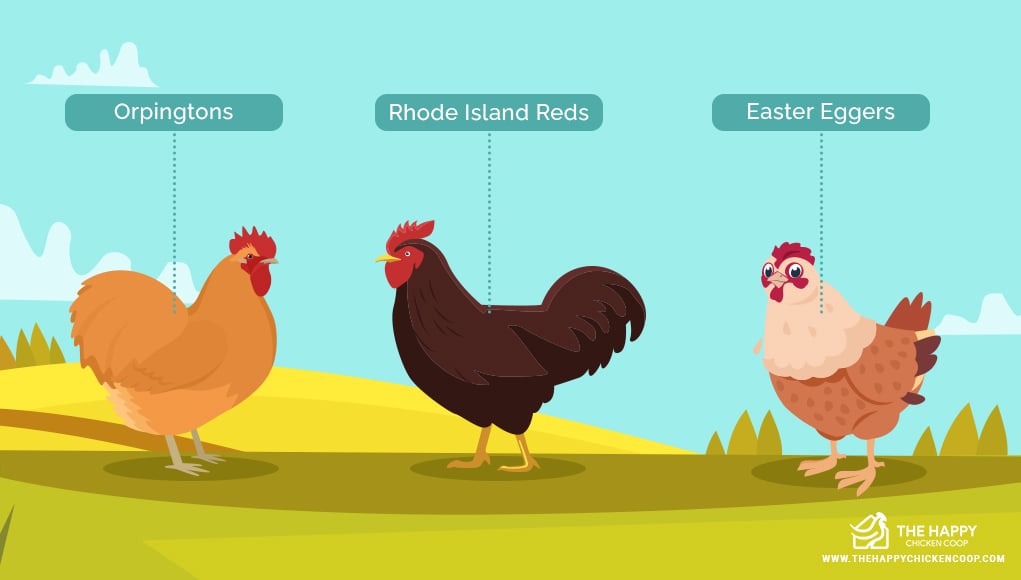
The Best Chicken Breeds for Self-Made Chicken Feed
If you want a hardy breed that isn't a picky eater, take a look at these chickens:
- Orpingtons – Buff, Black, or Lavender Orpingtons are an excellent breed that is dual-purpose and easy to please.
- Rhode Island Reds are prolific layers that won't complain or pick through the feed you've so-lovingly mixed for them.
- Easter Eggers are fantastic foragers and hardy chickens that can survive some of the toughest times.
Broiler vs. Layer
You may have noticed that I did not list Broiler chickens as one of the best chickens to feed a homemade feed mixture.
This is because of their high-protein dietary needs. You would be running in circles trying to make sure cornish-crosses are getting what they need, and financially it probably isn't worth it.
On the other hand, Layers still have protein needs, but they are not as dependent on it as the commercially bred broiler chicken.
So, make it easier on both you and your chickens and stick with breeds that are still considered to be quite hardy and not overbred.
Chicks vs. Adults
This guide is mainly about feeding adult chickens. However, much of the feed here is going to provide young chicks with the nutrition they need.
With that being said, you can always add more protein to a developing chick's diet to help them grow up healthy and strong.
General Nutritional Needs
When making your first batch of chicken feed, you don't want to cut any corners. For a well-rounded diet, your chickens will need the following nutrients in their feed:
- Carbs – Carbohydrates help give your chickens plenty of energy—something they need to keep warm in the winter and keep scratching in the summer.
- Fat – Another energy source, fats keep your chickens' bodies in prime operating condition.
- Protein – Muscle and molecules need protein to synthesize and repair
- Vitamins – Everyone needs an extra boost of vitamins to grow and develop, and chickens are no exception. Both vitamins and minerals are essential for layers and meat chickens.
- Minerals – Minerals contribute to normal body systems and functioning. They help your chicks grow into happy, healthy adults.
Keep in mind that these are the basics. Your chickens need water, grit and need to enjoy some greens and treats from time to time as well.
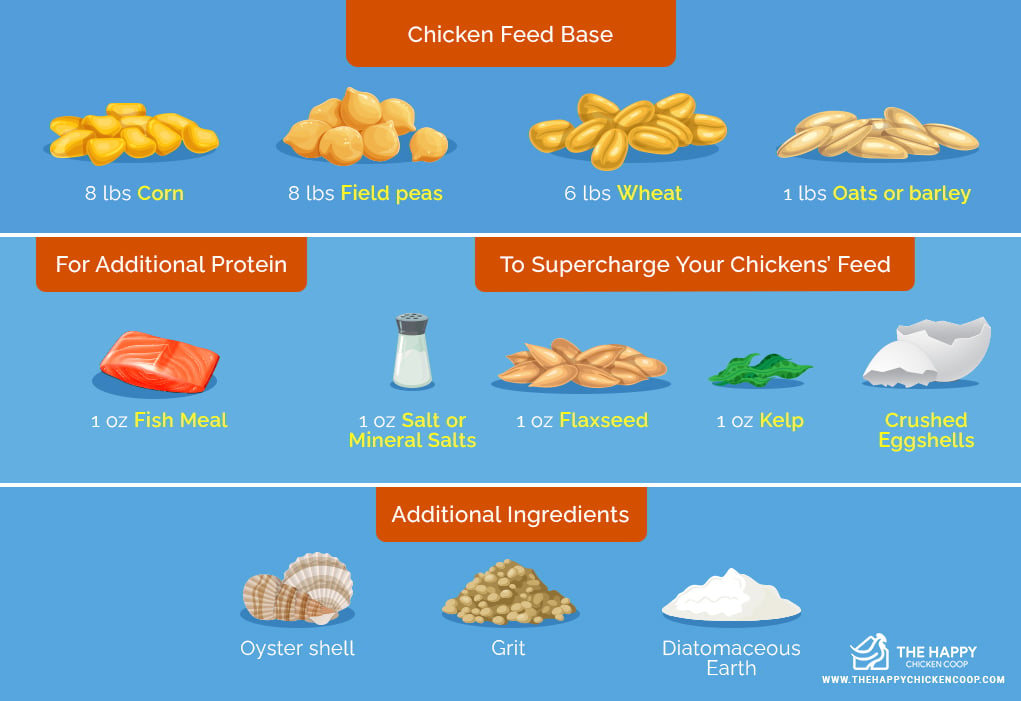
Mixing Your Own Chicken Feed
So, what are the actual food items that you should mix into your feed to meet your chickens' nutritional requirements?
Well, to get you started, here is your first recipe for chicken feed:

Ingredients:
Create your base:
- 8 lbs Corn: Corn is great…in moderation. It's affordable and can be found anywhere. Chickens love corn, and it gives them the carbs (and fats) they need.
- 8 lbs Field peas: Field peas are also fairly easy to come by. Adding peas gives your chickens more of the protein they need to get them through the day.
- 6 lbs Wheat: May improve digestion and help prevent coccidiosis. Wheat also provides chickens with carbs and protein.
- 1 lb Oats or barley: Oats and barley provide chickens with protein and are interchangeable. You can use either oats or barley, depending on availability. Some people even sprout their own fodder from barley to give their chickens some extra greens (think: vitamins and fiber).
Note: Oats and barley should not exceed 15% of a chicken's diet.
- 1 oz Fish Meal: Gives chickens an omega-3 kick as well as additional protein.
Add the following if you'd like to supercharge your chickens' feed:
- 1 oz Salt or Mineral Salts: If your chickens are confined, they may need minerals added to their feed. Free-range chickens often find what they need on their own, but to be sure, you can add minerals.
- 1 oz Flaxseed: Another omega-3 boost for your chickens and you! More Omega-3s in your chicken's diet means more in your breakfast eggs!
- 1 oz Kelp – Kelp makes up for the missing vitamins, minerals, and amino acids that your chickens may be lacking in their feed.
- Crushed Eggshells: You can use oyster shells or your own hens' crushed, baked eggshells to provide them with the calcium they need to produce tough eggs.

When Making Your Own Chicken Feed Don't Forget to Give Your Chickens:
- Oyster shell: Provides calcium for stronger eggs
- Grit: Helps your chickens digest their feed
- Diatomaceous Earth: Prevents external parasites
Note: Grit and oyster shells are not the same, so be sure your chickens always have access to grit (otherwise, they are basically unable to digest their food properly).
Directions for Making Your Own Chicken Feed
Your chickens will appreciate it if you can grind your ingredients down a bit. They like to eat crumble, after all, so take some time to grind the feed.
Grinding will also prevent picky eaters from sorting through the ingredients, picking only the "good stuff," and throwing the rest into their water fonts.
If you have trouble finding these ingredients or need help determining ingredient ratios, your local feed mill can custom create a feed (and grind it) to your liking.
Yes, it may be more fun to mix your feed in your own little granary, but there's nothing wrong with enlisting some help.
Oftentimes, feed mills have nutritionists on hand to help you create the perfect feed mix based on your chickens' needs.
Insects as Treats and Protein
Who doesn't love to watch their chickens munch on some special treats from time to time?
You can either raise your own mealworm as a fun protein-packed treat for your chickens, or you can order dried worms online.
Raising your own mealworms is actually pretty simple and costs much less than purchasing dried worms from the ag store. Follow our guide here on how to do so.
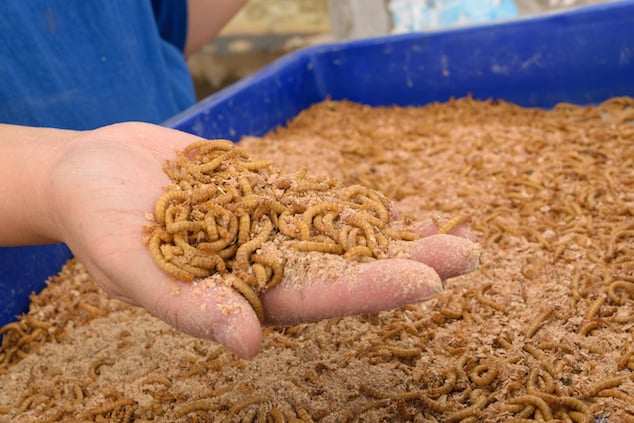
There's a whole niche of people out there that love to raise these little buggers, and all it takes is a few tubs of oatmeal, some fruit, and cardboard. Add your worms and maintain your little farm.
Your chickens will feel like it's Christmas day every time you throw them some of these munchies.
There's a sense of pride that goes along with mixing and growing your own homemade chicken feed.
Whether you decide to take the plunge will depend on the access you have to the resources needed, your budget, and the amount of time you are willing to spend on mixing the feed.
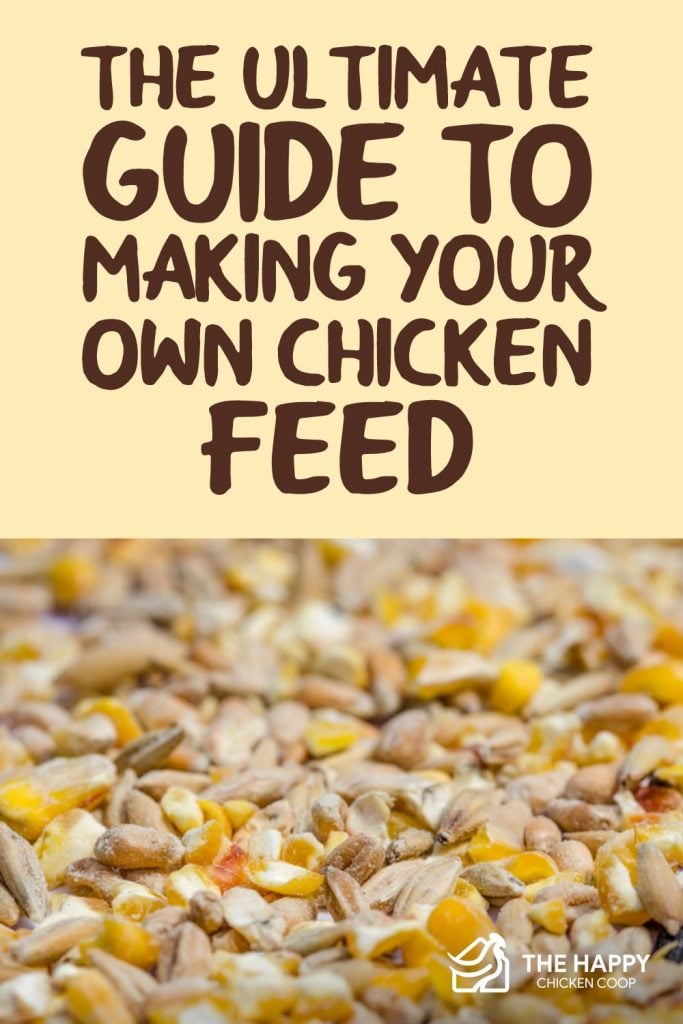
Source: https://www.thehappychickencoop.com/making-your-own-chicken-feed/


Komentar
Posting Komentar